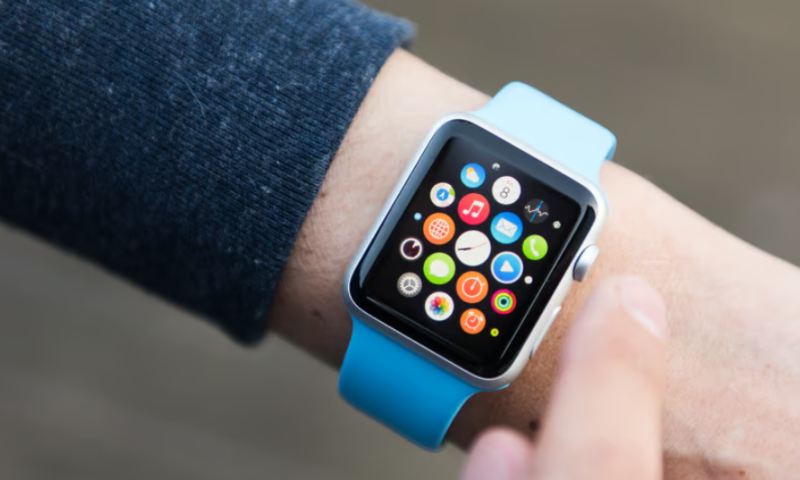For much of the last decade, rumors swirling around Silicon Valley have suggested that Apple is aiming to one day bring completely noninvasive glucose tracking to its eponymous smartwatch.
And that day may be closer than ever, according to the latest of those accounts. Bloomberg reported Wednesday that the tech giant has reached the proof-of-concept stage for sensor technology that could ultimately allow Apple Watch wearers with diabetes to monitor their blood sugar levels around the clock without requiring any skin-pricking for calibration or analysis.
Bloomberg’s report cited a handful of unnamed sources familiar with the highly secretive project—known as E5 within the company. After more than a decade’s worth of work, the sources said E5 has recently hit “major milestones” that have made Apple optimistic about the technology’s commercial feasibility.
Apple declined to comment on Bloomberg’s report, nor did the company immediately respond to Fierce Medtech’s request for comment.
The E5 initiative reportedly dates back to 2010, when then-CEO Steve Jobs led the quiet acquisition of RareLight, a startup developing a new method for noninvasive glucose monitoring. In the years since, Apple became one of two primary customers of Rockley Photonics, the maker of biosensor technology that includes noninvasive blood sugar tracking—a development that further fed the rumors of Apple’s eventual entry into the diabetes management market.
The Rockley partnership has since ended, per Bloomberg—and Rockley has since filed for bankruptcy—with Apple shifting its chip-making needs to Taiwan Semiconductor Manufacturing Co.
Though it reportedly previously operated under the guise of a health tech startup that was seemingly completely separate from Apple and dubbed Avolonte Health, the E5 project is now housed within Apple’s Exploratory Design Group, or XDG, which serves as an incubator for a handful of so-called moonshot initiatives.
Apple’s approach is said to combine silicon photonics and optical absorption spectroscopy: It beams specific wavelengths of light into the interstitial fluid below the skin, and all light not absorbed by glucose bounces back to the sensor. From there, an algorithm calculates the concentration of glucose in the blood.
E5 has already cost the company hundreds of millions of dollars and is being worked on by hundreds of engineers, the sources told Bloomberg. If the noninvasive technology is ultimately cleared by the FDA for addition to the Apple Watch, it would be the third such nod for the wearable, joining its built-in ECG and the “AFib History” feature—a sharp reversal of CEO Tim Cook’s once-professed belief that the Apple Watch would never become an FDA-regulated device.
For now, though the approach has reportedly cleared preliminary trials comparing its performance to glucose trackers that require blood samples, the hardware is currently too big to be embedded into an Apple Watch. Once sufficiently shrunk down, however—a process that will likely take several more years—it could potentially be used not only to monitor diagnosed cases of diabetes but also to help detect early signs of the condition.
While other continuous glucose monitors also measure blood sugar levels by analyzing the amount of glucose in the interstitial fluid, the least invasive of those currently cleared by the FDA still require a small needle on the back of the sensor to pierce the skin and reach the fluid.
As Bloomberg noted, Apple’s reported success in the noninvasive arena seemed to strike a bit of a blow to some makers of those minimally invasive sensors. Immediately after the news broke on Wednesday, both Dexcom and Abbott’s stock prices slipped downwards: A day later, they’re sitting about 3.3% and 1.5% lower than before, respectively.
Apple has plenty more competition in the creation of a noninvasive approach to diabetes monitoring. Know Labs, for one, is developing a handheld device and wristband, both of which measure blood sugar by emitting radio waves through the skin to measure specific molecular signatures associated with glucose in the blood. Hagar’s GWave technology, meanwhile, operates through a similar mechanism, while GraphWear’s approach relies on nanotechnology.

